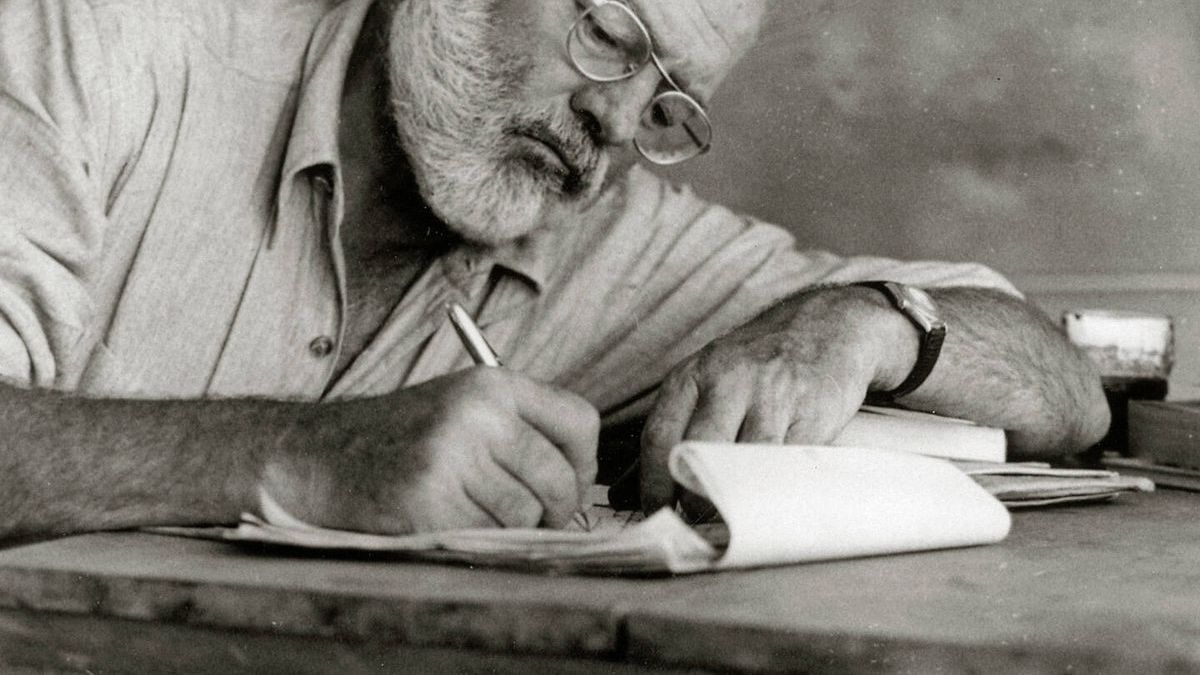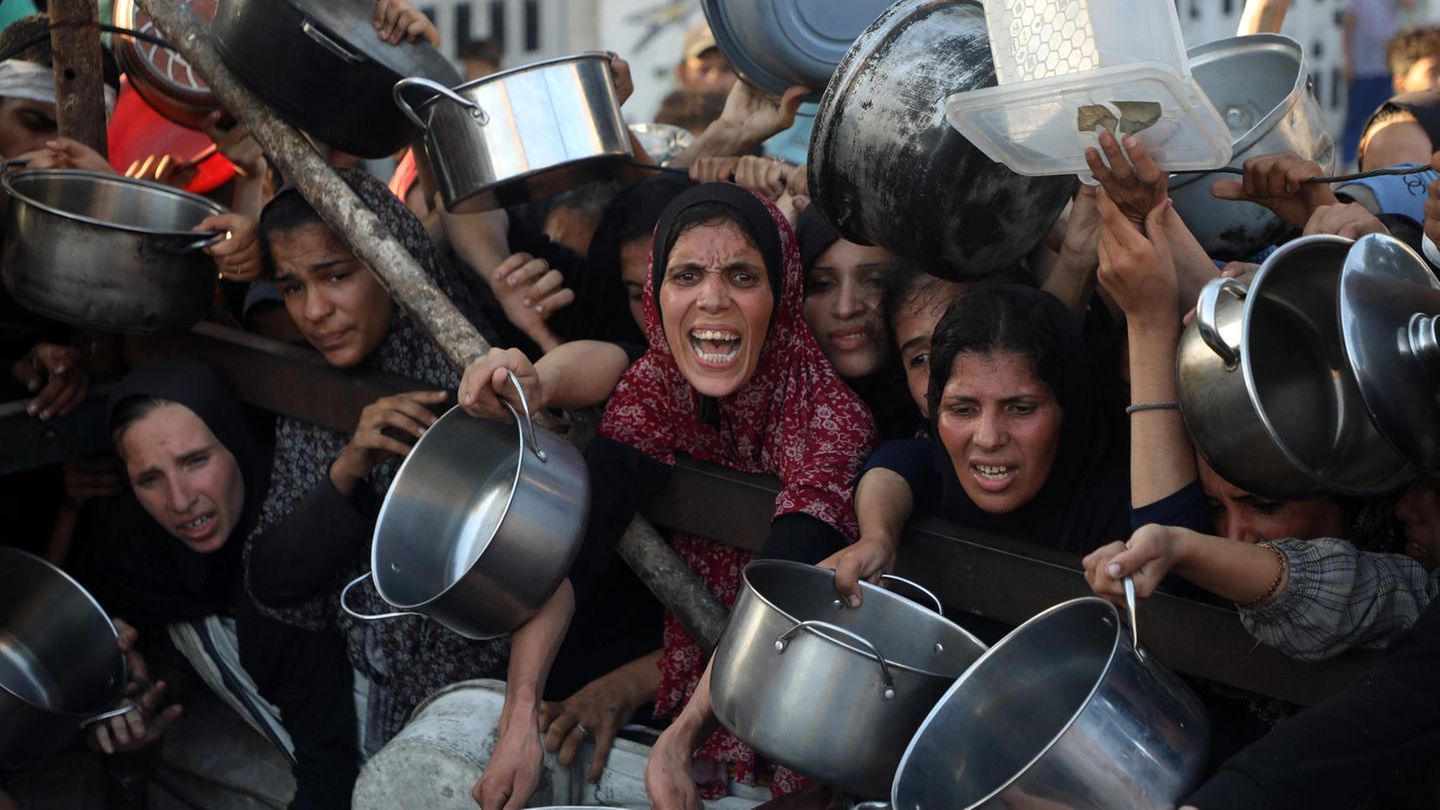On the morning of Sunday, July 2, 1961, a few days before his 62nd birthday, Ernest Miller Hemingway, the best-known American writer of the 20th century, woke up with a feeling of anguish and overwhelm. It wasn’t the first time he’d had these feelings, but it was the first time he’d experienced them in his new home in Big Wood, just outside of Ketchum, Idaho. Until a few months ago, Hemingway had lived in Finca Vigía, Cuba, but with the end of the Batista regime and the advent of Fidel Castro, he moved to the United States, to this, his new home where he had summoned his family to celebrate his next birthday. In the end the family was reunited, but for his funeral.
That morning Hemingway went down to the basement where he kept his weapons, chose his favorite shotgun, a twelve-gauge Boss, went to the entrance of his house… The noise of the shot woke up his wife Mary Welsh (his fourth wife) who found ” Papa” submerged in a pool of blood. The obituaries of the North American newspapers collected the testimony of Mary: her husband had accidentally killed himself while cleaning the weapon… a strange end for a man who had received his first rifle at the age of 10, who participated in two world wars, in the war Spanish civilian and was an expert hunter.
Five years later, Mary admitted that her husband had committed suicide.
He was not the first Hemingway to die by his own hand, his father, Dr. Clarence Hemingway, had committed suicide at age 57. Then Ernest wrote “Probably the same thing for me”. At the time of his father’s death, Hemingway was writing For whom the Bell Tolls. In that novel, the protagonist’s father commits suicide using the rifle that his mother, that is, Ernest’s grandfather, had used during the civil war (in reality, Clarence Hemingway committed suicide with a 32-caliber Smith & Wesson revolver).
They would not be the only Hemingways to end their days in this way, Ernest’s two brothers, Úrsula and Leicester, would do so in 1966 and 1982, respectively. On July 1, 1996, on the eve of yet another anniversary of her grandfather’s death, actress Margaux Hemingway followed in the fateful footsteps of her ancestors. The tragic death ran through the veins of the family.
Ernest had participated in the First War as a member of the Red Cross, a condition that did not prevent him from being decorated for his courage assisting Italian wounded. Nor did being a war correspondent prevent him from participating in combat actions in 1944, activities that earned him a bronze star and a few days in prison (because correspondents cannot act as soldiers in the war). Also as a correspondent he covered the conflict between Greece and Turkey in 1920 and the Spanish civil war in 1936.
Throughout his life, Ernest was married four times, had three children, suffered from pneumonia, amoebic dysentery, hypertension, kidney rupture, various fractures, survived two plane crashes in Africa and drank hectoliters of alcohol with Ezra Pound, John Dos Pasos, James Joyce, F. Scott Fitzgerald, Pio Baroja, Pablo Neruda and other writers of his time.
Hemingway was the author of 7 novels, several short stories and two essays that won him the Pulitzer Prize (for his book The old man and the sea) and the Nobel Prize in Literature. However, success and a comfortable economic situation did not prevent him from falling into depressive wells that he drowned in alcohol. Since 1936, on more than one occasion, he had talked about killing himself. In 1960, fearing a suicide attempt, his doctor admitted him to the Mayo Clinic, under a false name, to undergo electroshock therapy. A year later, the author chose to end his life.
Many families inherit the X-linked gene for depression, but in the case of the Hemingways, both Clarence and Ernest suffered from a rare disease called hemochromatosis (or Celtic disease), where there is increased iron absorption that is deposits in the liver, pancreas (causing diabetes) and the heart. The pain can become unbearable, a circumstance that exacerbates what he already suffered from the injuries that Hemingway accumulated in his body. These two factors probably combined to induce suicide.
When he was nominated for the Nobel Prize, Hemingway was recovering from plane crashes in Africa. In fact, they had been so serious that several newspapers wrote the obituary of him. These texts were read attentively and with a faint smile by Hemingway himself…
Unable to attend the Nobel Prize in Stockholm, he sent his speech to the Academy: “Writing, at its best, leads to a lonely life… because you have to do the work alone and if you are a good enough writer, you will have to face to eternity, or the lack thereof, in each and every day of its existence.
And with that final shot, Hemingway faced eternity.
Ophthalmologist, researcher of History and art and writer.
Source: Ambito
David William is a talented author who has made a name for himself in the world of writing. He is a professional author who writes on a wide range of topics, from general interest to opinion news. David is currently working as a writer at 24 hours worlds where he brings his unique perspective and in-depth research to his articles, making them both informative and engaging.




